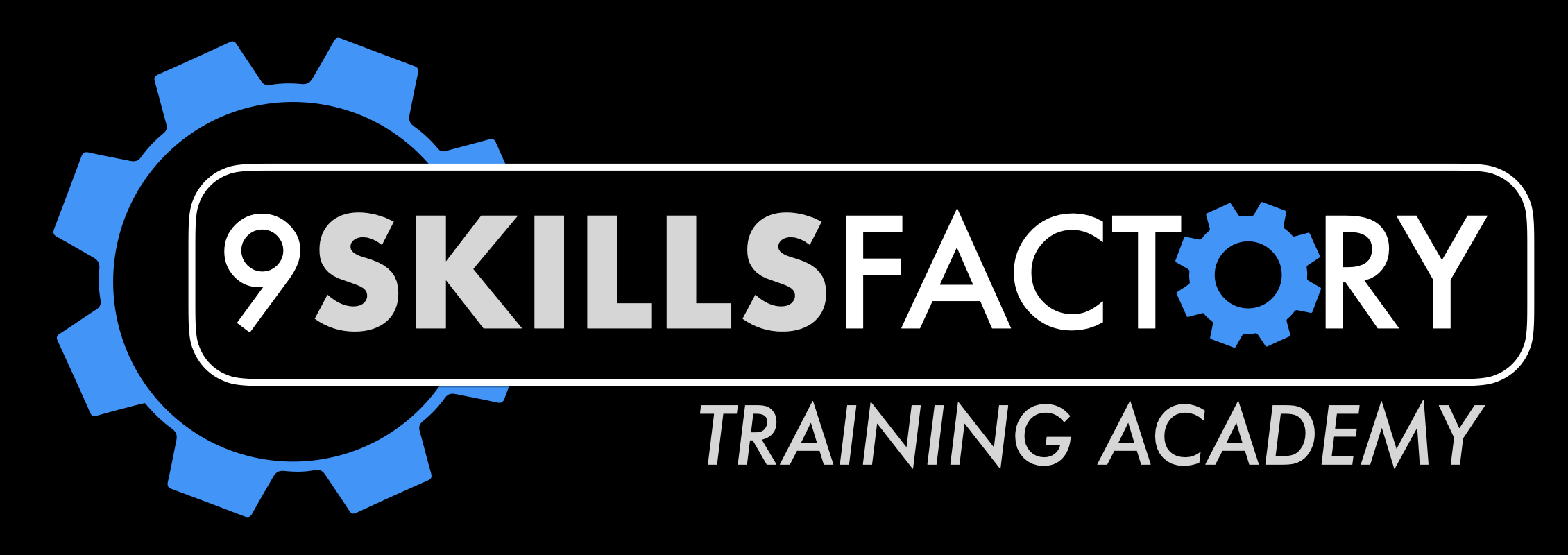How you structure your words and sentences and how you deliver those can have a profound impact on the level of motivation a listener experiences.
Without careful thought and a bit of practice, it's not unusual for a presenter to actually undermine the message they are delivering and not be aware of it.
Here's a story to show what I mean.
THE BLIND BOY
A blind boy sat on the steps of a building with a hat by his feet. He held up a sign which said: "I am blind, please help."
There were only a few coins in the hat.
A man walking by took a few coins from his pocket and dropped them into the hat. He then took the sign, turned it around, and wrote some words. He put the sign back so that everyone who walked by would see the new words. Soon the hat began to fill up. A lot more people were giving money to the blind boy. That afternoon the man who had changed the sign came to see how things were. The boy recognised his footsteps and asked, "Were you the one who changed my sign this morning? What did you write?"
The man said, "I only wrote the truth. I said what you said but in a different way." I wrote: "Today is a beautiful day but I cannot see it."
Both signs told people that the boy was blind. But the first sign simply said the boy was blind. The second sign told people that they were so lucky that they were not blind.
The structure of the language you use can have a profound effect on the meaning people give to a situation.
It's this knowledge that underpins the way the most persuasive people on the planet communicate to others.
In the world of influence and persuasion, we are always conscious of the effect of comparison, or to be more accurate - how we contrast.
The rule of what I'll refer to as the Contrast Frame is this:
'When two things are observed or experienced one after the other, DIFFERENCE between the two is greatly EXAGGERATED.'
CONTRAST IN ACTION
Lift a light weight first and then a heavy weight, the heavy weight seems even heavier.
See a beautiful woman or a good looking man, a second woman or man not quite as attractive as the first seems less attractive than she or he actually is.
You need to be aware that the power of contrasting is taking place and being used all around you.
Retail Sales
You'll see the sales person seeking to get the highest $ from customer. So they sell the most costly item first. For example they sell the customer the $495 suit before they onsell accessories for the suit, i.e. the $95 tie seems okay to buy now as it is not that expensive.
In reverse it works against them, i.e. selling the tie first and then attempting to sell the suit.
Property Sales
Some unethical sales people have been known to show the prospect a 'set up' property which is overpriced. They then offload the cheaper, older house at an inflated price because it seems lower cost by contrast. Unethical for sure, but done on occasion nonetheless.
Car Sales
The best process is to sell the customer the car first. Once that is set in place, they will then sell the buyer options after car sale, things like accessories and insurance. These seem so little to add on by contrast that a few dollars more is fine.
Does it matter which option you present first when multiple options are available?
Yes it matters.
USING CONTRAST AS AN ETHICAL INFLUENCE TOOL
If you have one option only, always contrast your option to a worse situation and present any options after the main proposal.
For example you might point out where you are now (without the solution), if then you do this (the solution) you get a new (and better) situation.
We could leave the roof as it is but in fives years it will need to be replaced completely, or we could seal it and it will last fifteen years.
Implementation of this initiative at [another company] cost them $4Million, the way we propose to do this here requires an outlay of only $2Million
In some situations you might have additional pieces of the offer. You could add these on after the major part of the proposal.
We also have the option of following up with a quick review in 6 months time, the fee for that is $10k.
Sometimes you'll have two or more options available to you that are mutually exclusive ... it's one or the other but not both.
In this situations you always present your best option first – then you can fall back to the one you can live with as a concession. Both reciprocation and contrast frames are in play here.
If you won't buy the $25 Calendar, then would you be prepared to buy the pen for $4.95.
Contrast can work for you and against you, so be aware of it.
To discuss how you can utilise the 9 Skills Factory platform as part of a successful influence skills development strategy, or how we can personally support you, call us on +61 (0)438 128 338 (Australia) or email us at [email protected]
